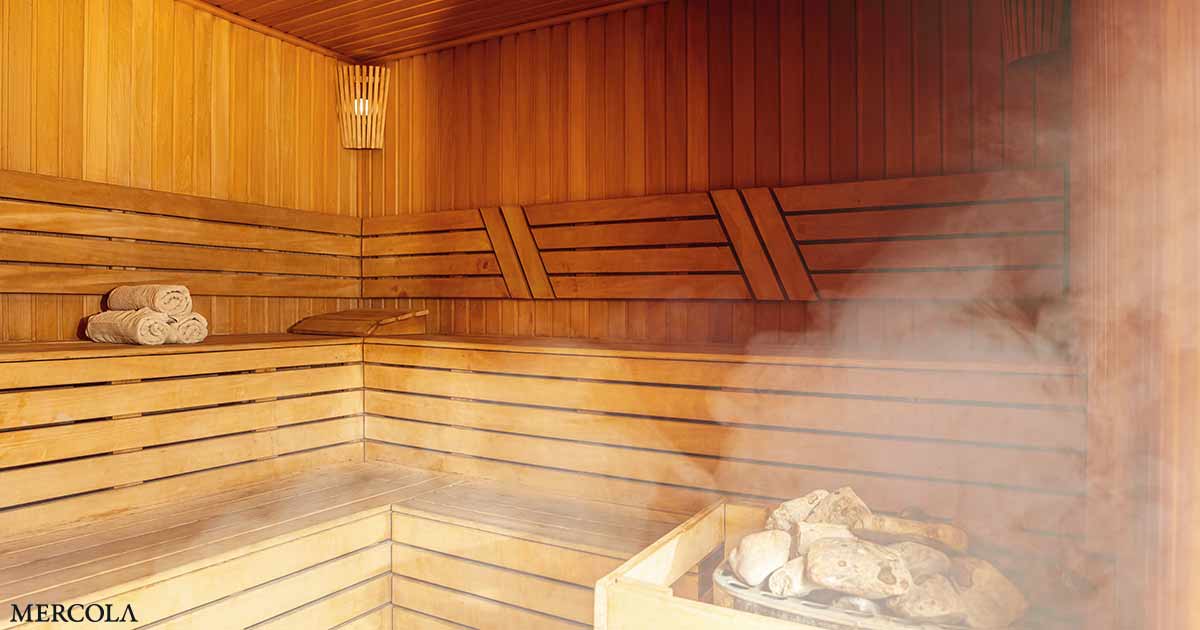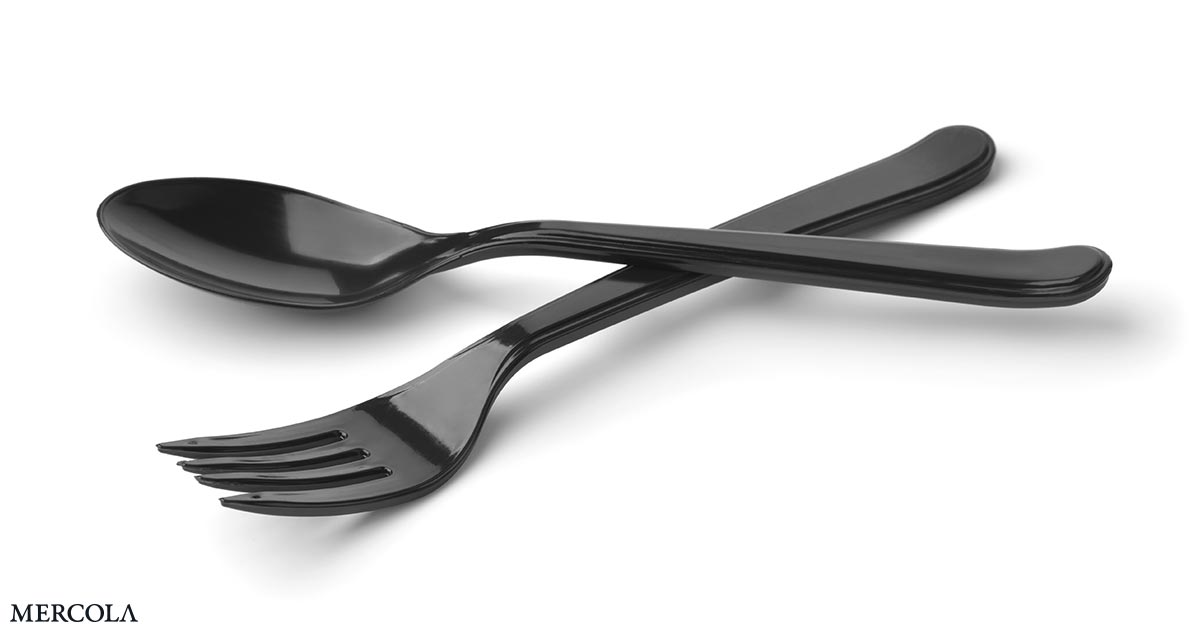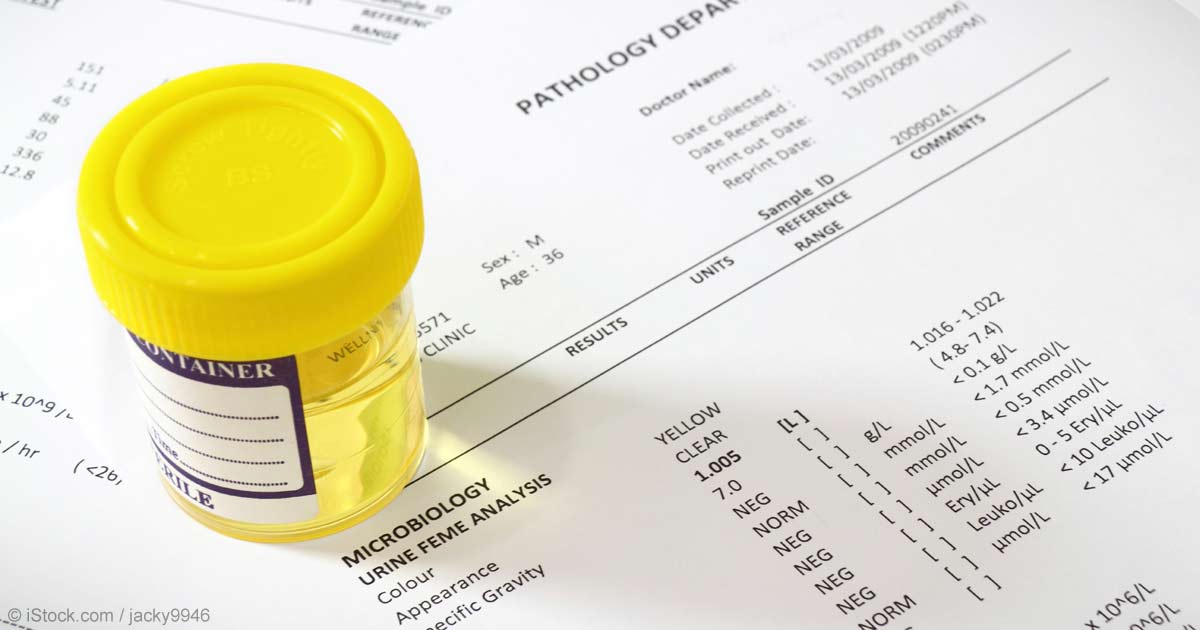Menopause can be a challenging and overwhelming part of a woman’s life. The hormonal shifts, hot flashes, mood swings and even depression that come during this time can be difficult to deal with, even more so when physical changes start to manifest. One of the most common changes many women experience is weight gain.
During perimenopause, the period when the body starts to transition to menopause, and lasts for a few years, many women notice their waist expanding as they begin to pack on excess pounds. This is caused by several factors and may continue for some time. Those in their 50s can gain as much as 1.5 pounds per year.1 Aside from lowering self-esteem, the excess weight can also put them at risk of obesity and other metabolic disorders.
The good news is there’s a simple and relaxing strategy that may help curb weight gain during menopause — Using a sauna.
Heat Therapy May Help Control Weight Gain During Menopause, Study Finds
A recent animal study2 looked at how heat therapy may promote healthy aging among women who are going through menopause. The researchers found that a 30-minute, whole-body heat treatment may help reduce weight gain and improve insulin resistance in older women. As explained by research team leader Soonkyu Chung, Ph.D., an associate professor in the Department of Nutrition at the University of Massachusetts:3
“Compared to men, women have a higher likelihood of being obese or overweight. This is especially true after menopause, due to the loss of estrogen in the body. Our study suggests that whole-body heat therapy could serve as an effective, noninvasive solution for managing weight gain and insulin resistance associated with menopause.”
Presented during Nutrition 2024, the annual meeting of the American Society for Nutrition, the study4 involved older female mice with their ovaries removed, to mimic menopause.
The mice were then fed a Western diet (composed of 45% calories from fat) and divided into two groups. One group was placed in a heat chamber and was subjected to temperatures around 104 degrees F (40 degrees C) for 30 minutes every day, for 12 weeks.5
Afterward, the researchers observed that the mice that were placed in the heated environment showed less aging-related tissue damage and better insulin sensitivity. They also gained less weight from the fatty diet compared to the group that didn’t receive heat therapy. Rong Fan, a doctoral candidate who’s being advised by Chung, said:
“Heat therapy could be a practical option for those with increased abdominal fat and a higher risk of metabolic diseases triggered by menopausal hormonal changes. It could be easily integrated into routine healthcare practices through regular sessions in saunas, heated baths or with specialized heat wraps.”
Heat Therapy Triggers Molecular Processes That Help Burn Fat
One notable effect seen in the featured study was that the mice subjected to heat therapy accumulated less fat in key areas like the liver and brown fat. According to a press release from the American Society for Nutrition:6
“While adipose tissue stores energy, brown fat is a metabolically active type of fat that helps the body burn more energy. Research has shown that people tend to lose brown fat as they age and when entering menopause, which contributes to a slower metabolism.”
The featured study also explored the molecular mechanisms behind the beneficial effects of heat therapy. The researchers found that heat activates molecular processes that allow the body to efficiently use more energy, burning more fat as a result. One key player is TRPV1, a protein that also acts as a calcium ion channel in the cell membrane.
“When activated by heat, TRPV1 kicks off a process known as futile calcium cycling where the body uses up energy (in the form of ATP) to pump calcium ions across cell membranes. This process helps increase the amount of energy the body burns,” the researchers explained.7
Activating TRPV1 and the resulting calcium cycling helps stimulate the breakdown and burning of fats, including those found in the liver. This then improves the body’s insulin sensitivity and promotes metabolic health.8
Though the researchers agree that further investigation is warranted to determine the ideal duration and intensity of heat to reap optimal benefits, they say that their initial findings are vital in helping understand the advantages of applying heat therapy. Fan commented:9
“This series of events suggests that regular application of heat can mimic the effects of calorie burning and fat loss. It could be particularly advantageous for individuals who find physical activities challenging, providing a relaxing way to improve metabolic health.”
Sauna Use Offers Tremendous Benefits for Your Health
While the featured study generally focused on heat therapy, which includes taking hot baths or using heated wraps, I believe the best application for this kind of therapy is to use a sauna. This study is a brilliant example of just how beneficial saunas can be for your well-being. Personally, I’m love saunas, and I will be using one the rest of my life.
Aside from heat exposure, infrared sauna use allows you to reap the biological benefits of infrared light therapy, which can radically improve your health. I recently interviewed Dr. Jenna Greenfield, the medical director at High Tech Health, the longest running infrared sauna company in the U.S., about the benefits of sauna use.
“Research shows that sauna has a lot of the same mental health benefits as exercise, which is pretty incredible … heating your muscles is where a lot of the benefits of exercise come from. And you get a lot of that with the sauna. There’s incredible cardiovascular benefits … frequent sauna users are shown to have a lower risk of heart disease,” she explained.
Similar to what’s seen in the featured study on menopause, a certain group of proteins, called heat shock proteins (HSPs), are activated when you use a sauna. Greenfield says these HSPs have a protective effect on cells when activated. HSPs are produced by your cells in response to stressful conditions, such as the elevated temperatures in a sauna. They help maintain proper protein folding and function, so proteins can perform their specific biological roles effectively.
The devil’s in the details when it comes to sauna use, however, and right from the start it is crucial to select a high-quality brand to ensure you’re reaping the benefits. The Sauna by High Tech Health is my top choice for its superior quality, and for a limited time Mercola subscribers can enjoy exclusive pricing on it. Click below to learn more.

Why I Now Recommend Far-Infrared Saunas
I’ve been using saunas for a long time, and previously, I believed that near-infrared saunas were superior based on the belief that near-infrared light penetrates deeply into tissues, making them beneficial for detoxification and physical healing, and you can get mitochondrial benefits from photobiomodulation (PBM).
However, I have changed my position on this, as I now understand that conventional renditions of near-infrared saunas, although they can be effective for detoxification, do not provide significant photobiomodulation benefits.
This is because the heat lamps used in near-infrared saunas use very hot bulbs. Since you need to get close enough to the lamp to reap the therapeutic dose from light therapy, trying to do so will put you at risk of getting burned by the hot bulbs. A therapeutic dose of near-infrared is around 10 to 100 milliwatts/cm2, which is not achievable in this setup.
That said, the choice between near- and far-infrared saunas should be based on individual needs and preferences, considering factors like cost, design and specific health goals. If your goal is to use sauna for detoxification, then far-infrared saunas may be a more practical and cost-efficient option.
But even if they don’t provide photobiomodulation benefits, near-infrared saunas are still effective for detoxification. Here’s a brief overview of their pros and cons:
Pros:
- Virtually no electromagnetic fields (EMFs)
- Effective for detoxification
Cons:
- Typically more expensive
- Less aesthetically pleasing than far IR saunas
- Can be cramped for taller individuals
- Risk of burns due to very hot bulbs
The Temperature and Frequency of Sauna Use Matter
The temperature you use matters, as it can help gauge if you’re getting a therapeutic dose from your sauna. While some studies use 110 degrees F, some can go a bit higher at 120 degrees F. The only downside when using lower temperatures is that you’ll need to stay in the sauna for a longer time. For example, at 120 degrees F, you likely need to be in for an hour to get the same benefits you would get at 140 to 150 degrees F.
Greenfield advises starting with a temperature of 120 degrees F, three times a week. As your body starts to acclimate, you can increase by 2 degrees weekly. Seasoned users, however, can go as high as 140 degrees F, as all of the studies on the benefits with the far-infrared are between the low 120s and 140. As a veteran sauna user, I use temperatures between 160 and 170 degrees F. However, for beginners, this isn’t advisable; it’s best to start slow.
Another common mistake when using a sauna is overdoing (or underdoing) it — striking the right balance is crucial for you to reap the benefits. While some people enjoy daily sauna sessions, experts suggest that there’s no additional benefit to using a sauna more than once a day. In fact, excessive use might even be counterproductive, especially at higher temperatures. Hence, I recommend sticking to these guidelines:
- Beginners — Daily use for 10 to 11 days to acclimate
- Regular users — Once every three days for maintenance or every other day
The key point is that higher temperatures necessitate less frequent sessions. Listen to your body and adjust your use accordingly. It’s important to remember that saunas are not magic bullets. Rather, they’re a more advanced health technique that can have remarkable benefits. However, you need to get the basics down as well.
For more valuable information on saunas, I recommend you to watch my interview with Greenfield and read my article, “How to Maximize the Health Benefits of Sauna Usage.”
What Happens During Menopause?
Going back to the topic of menopause — while sauna use may do wonders for helping curb weight gain, other symptoms may also arise during this time. Vasomotor symptoms like hot flashes and night sweats are the most common, affecting 50% to 75% of women during perimenopause.10 Sleep problems like insomnia, usually due to night sweats, are also usually experienced by menopausal women.
Mood swings, depression and changes in the vaginal region are also common during perimenopause. Genitourinary syndrome of menopause (GSM), described as “a chronic, progressive, vulvovaginal, sexual, and lower urinary tract condition characterized by a broad spectrum of signs and symptoms,” may cause changes like vaginal dryness, pain and reduced lubrication during intercourse.11
Low estrogen is often said to be a hallmark of menopause and is often treated with hormone replacement therapy involving estrogen, which I don’t recommend.
As Bulgarian bioenergetic researcher Georgi Dinkov explained in our interview, estrogen is carcinogenic and antimetabolic, radically reducing the ability of your mitochondria to create cellular energy in a form of ATP by depending on aerobic glycolysis (the Warburg effect), which radically impairs oxidative phosphorylation.
This further contributes to its carcinogenic effect. What’s more, Georgi says, estrogen synthesis typically does not decline with age, and administering estrogen is not the panacea to menopause relief that it’s purported to be.12
Estrogen is conventionally used to reduce hot flashes, but, again, this is problematic. Research, in fact, shows that it’s low progesterone — not low estrogen — that’s linked with night sweats. In one study, progesterone supplementation significantly improved night sweats and sleep quality among perimenopausal women.13
Further, blocking estrogen and/or taking dehydroepiandrosterone (DHEA) prevents many menopausal symptoms and related conditions, including obesity and insulin resistance.14 As noted in the blog To Extract Knowledge From Matter, which is inspired by the work of the late Ray Peat:15
“Based on this study,16 one can/should conclude that: 1) menopause is NOT a condition of estrogen deficiency, but rather an excess; 2) an antiestrogen is thus likely beneficial for most/all symptoms of menopause; 3) osteoporosis, obesity, insulin resistance and diabetes, even in absence of menopause, are likely driven by excess estrogen and opposing estrogen can be beneficial; 4) DHEA mimics the effects of an antiestrogen when used in proper doses and is synergistic when used with an antiestrogen.”
How to Use Progesterone
Before you consider using progesterone it is important to understand that it is not a magic bullet, and that you get the most benefit by implementing a Bioenergetic diet approach that allows you to effectively burn glucose as your primary fuel without backing up electrons in your mitochondria that reduces your energy production. My new book, “Cellular Health: The Unified Theory of All Disease for Ultimate Longevity and Joy” comes out very soon and covers this process in great detail.
Once you have dialed in your diet, an effective strategy that can help counteract estrogen excess is to take transmucosal progesterone (i.e., applied to your gums, not oral or transdermal), which is a natural estrogen antagonist. Progesterone is one of only four hormones I believe many adults can benefit from. (The other three are thyroid hormone T3, DHEA and pregnenolone.)
I do not recommend transdermal progesterone, as your skin expresses high levels of 5-alpha reductase enzyme, which causes a significant portion of the progesterone you’re taking to be irreversibly converted primarily into allopregnanolone and cannot be converted back into progesterone.
Ideal Way to Administer Progesterone
Please note that when progesterone is used transmucosally on your gums as I advise, the FDA believes that somehow converts it into a drug and prohibits any company from advising that on its label. This is why companies like Health Natura promotes their progesterone products as “topical.”
However, please understand that it is perfectly legal for any physician to recommend an off-label indication for a drug to their patient. In this case progesterone is a natural hormone and not a drug and is very safe even in high doses. This is unlike synthetic progesterone called progestins that are used by drug companies, but frequently, and incorrectly, referred.
Dr. Ray Peat has done the seminal work in progesterone and probably was the world’s greatest expert on progesterone. He wrote his Ph.D. on estrogen in 1982 and spent most of his professional career documenting the need to counteract the dangers of excess estrogen with low LA diets and transmucosal progesterone supplementation.
He determined that most solvents do not dissolve progesterone well and discovered that vitamin E is the best solvent to optimally provide progesterone in your tissue. Vitamin E also protects you against damage from LA. You just need to be very careful about which vitamin E you use as most supplemental vitamin E on the market is worse than worthless and will cause you harm not benefit.
It is imperative to avoid using any synthetic vitamin E (alpha tocopherol acetate — the acetate indicates that it’s synthetic). Natural vitamin E will be labeled “d alpha tocopherol.” This is the pure D isomer, which is what your body can use. There are also other vitamin E isomers, and you want the complete spectrum of tocopherols and tocotrienols, specifically the beta, gamma, and delta types, in the effective D isomer.
There are also other vitamin E isomers, and you want the complete spectrum of tocopherols and tocotrienols, specifically the beta, gamma, and delta types, in the effective D isomer. As an example of an ideal vitamin E you can look at the label on our vitamin E in our store. You can use any brand that has a similar label.
You can purchase pharmaceutical grade bioidentical progesterone as Progesterone Powder, Bioidentical Micronized Powder, 10 Grams for about $40 on many online stores like Amazon. That is nearly a year’s supply, depending on the dose you choose.
However, you will need to purchase some small stainless steel measuring spoons as you will need a 1/64 tsp which is 25 mg and a 1/32 tsp which is 50 mg. A normal dose is typically 25-50 mg and is taken 30 minutes before bed, as it has an anti-cortisol function and will increase GABA levels for a good night’s sleep.
Unfortunately, this vendor frequently runs out of product, and if that’s the case, then you can use Simply Progesterone by Health Natura. It’s premixed with vitamin E and MCT oil. Again, while Health Natura states that its product is for “topical use only,” I recommend applying it transmucosally, by rubbing it on your gums.
If you are a menstruating woman, you should take the progesterone during the luteal phase or the last half of your cycle, which can be determined by starting 10 days after the first day of your period and stopping the progesterone when your period starts.
If you are a male or non-menstruating woman you can take the progesterone every day for four to six months and then cycle off for one week. The best time of day to take progesterone is 30 minutes before bed as it has an anti-cortisol function and will increase GABA levels for a good night’s sleep.
This is what I have personally doing for over a year with very good results. I am a physician so do not have any problems doing this. If you aren’t a physician you should consult one before using this therapy, as transmucosal progesterone therapy requires a doctor’s prescription.
While every woman’s menopause journey is different, one thing is for certain — leading a healthy lifestyle is crucial during this stage of your life. I encourage you to eat a healthy diet, get enough sleep and manage stress during perimenopause, or even before your perimenopause years. Maintaining a healthy weight may help relieve hot flashes and other symptoms.17 It’s also important to be physically active, as it promotes physical and mental health.18


